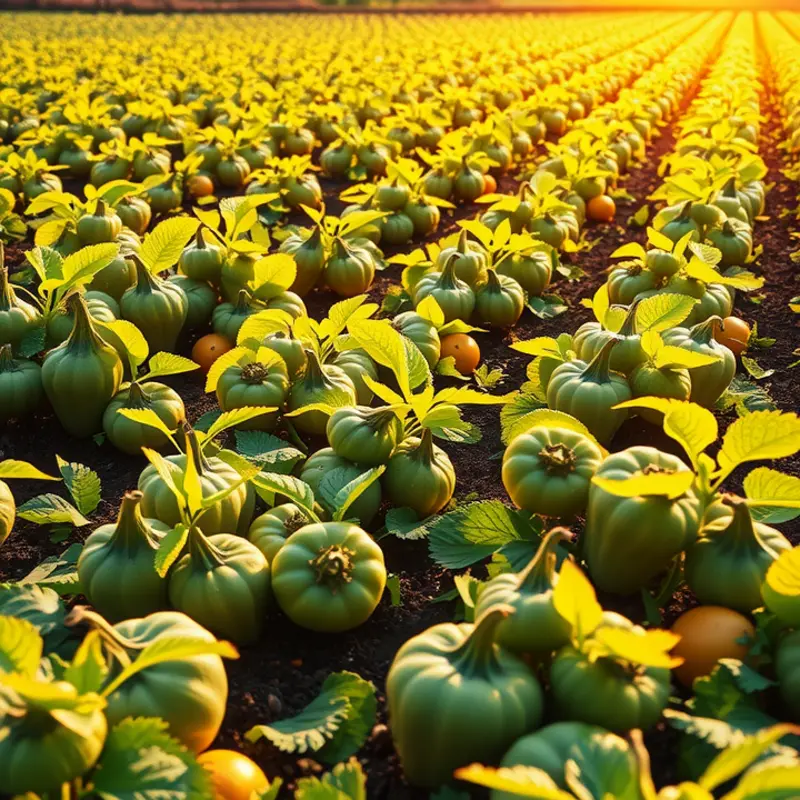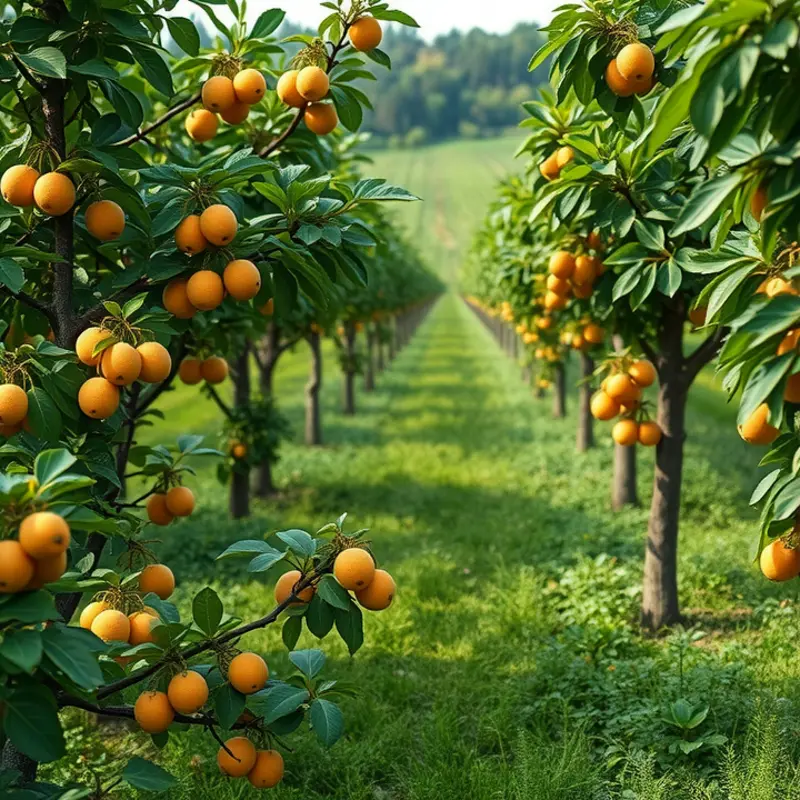Rural regions across the globe offer a unique and rich tapestry of culinary traditions that connect communities to their land and heritage. From farm-fresh ingredients to captivating cooking methods passed down through generations, these everyday meals reflect the culture, environment, and creativity of their origins. Each plate tells a story, allowing food enthusiasts and culturally curious readers to explore the heart and soul of culinary practices that nourish not just the body, but the spirit of the community.
Harvesting Flavor: Seasonal Ingredients of Rural Cuisines

The heart of many rural kitchens beats in tandem with the rhythm of the seasons. Seasonal ingredients are the foundational stones upon which rural cuisines are built. These ingredients reflect the land’s bounty and the community’s tradition, shaping the daily meals with taste and history.
Consider the paddy fields of Southeast Asia, where the rhythm of life is dictated by the rice harvest. Rice, harvested in late summer to early autumn, is not merely a staple food but a canvas for countless dishes. From steamed rice accompanying vibrant curries to sweet rice-based desserts, the availability of freshly harvested grains transforms meals into celebrations of abundance.
In contrast, rural European kitchens might revel in root vegetables throughout the colder months. Potatoes, carrots, and turnips imbue their essence into hearty stews and soups, providing warmth and sustenance. The seasonal aspect is not only in the ingredients but in the cooking methods—slow cooking, often over open fires, enriches these dishes with a depth of flavor that speaks to centuries-old traditions.
The Mediterranean’s generous sun gives rise to a different culinary tapestry. Olive groves produce their yield in autumn, leading to the production of freshly pressed olive oil. This liquid gold becomes the cornerstone of local cuisines, enhancing dishes from simple salads to intricate seafood preparations with its peppery, earthy flavor. The celebration of new oil often becomes a communal affair, with village gatherings and shared meals.
Rural cuisines are adept at harnessing what’s available. In the lush fields of India, where monsoons dictate farming cycles, villages use freshly plucked greens and legumes in their cooking. Saag, a dish predominantly made from mustard leaves, is transformed by the freshness and quality of the ingredients. Come spring, the varieties change, yet the philosophy remains—embrace what the earth offers.
Linking culinary practices to seasonal shifts not only preserves the ecosystem but enhances flavor profiles, encouraging mindful consumption and minimal waste. By adapting recipes based on what is abundant, rural communities exhibit a form of eco-smart kitchen storage that modern households could learn from.
In the Americas, indigenous agricultural traditions underline this connection. The “Three Sisters”—corn, beans, and squash—are planted together. This symbiotic relationship ensures soil fertility and produces nourishing meals that prominently feature these ingredients when they’re at their peak.
Each rural region teaches us how to harness nature’s rhythms. As seasons shift, so do the palates, reflecting not just the cycle of the land but the sustained lineage of tradition. The flexibility observed in these cuisines highlights resilience, showcasing adaptability in the face of changing times and climates.
Thus, seasonal ingredients do not merely flavor meals; they tell the story of land, labor, and life. Each bite taken is a fusion of the present and past, a testament to the humble brilliance of harvesting flavor in harmony with nature.
Cooking Traditions: Techniques from the Heart of the Community

In many rural kitchens, the essence of cooking goes beyond mere sustenance. It nurtures a connection with the past, where age-old methods and practices infuse modern meals with tradition and wisdom. One such technique, slow cooking, is revered for its ability to turn humble ingredients into hearty, flavorful dishes. This method not only tenderizes tough cuts of meat but also melds the flavors of spices and herbs, resulting in a dish that’s a tapestry of taste.
Imagine a pot of beans or a stew simmering on the fire for hours. The low heat and extended cooking time allow flavors to deepen and intermingle. The patience required for slow cooking stands as a testament to a life unhurried and closer to nature. This method also enhances nutrition, as it helps retain vitamins and minerals that might be lost in fast cooking techniques.
Smoking is another time-honored practice cherished in various rural communities. This technique uses the fragrant smoke from wood or charcoal to preserve and flavor food, especially meats and fish. The slow penetration of smoke imparts a distinct aroma and taste that’s difficult to replicate with modern appliances. While smoking ensures longevity for perishable goods, it also adds a layer of complexity to simple dishes, transforming them into something truly special.
One cannot overlook the art of fermenting, a practice that has nourished communities both physically and culturally. This ancient technique not only preserves food but also enhances flavor profiles and nutritional content. Fermented foods, like kimchi from Korean rural areas or sauerkraut from Eastern European villages, are rich in probiotics, supporting gut health and contributing to the overall well-being of those who consume them.
Incorporating these traditional techniques into modern-day cooking can offer both functional and sensory benefits. For instance, fermentation can replace processed beverages with more nutritious options that contribute to cartilage health with their natural anti-inflammatory properties. Many rural cooks also use practical food storage strategies that align with sustainable, low-waste ideals, which you can explore further here.
Through conversations with local cooks, we find that these methods serve as a testament to resourcefulness and creativity. In a world where convenience often takes precedence, the stories they share reveal a commitment to preserving and passing on culinary traditions. They use naturally available resources and a wealth of inherited knowledge, ensuring each meal is not only flavorful but also part of a larger tapestry of cultural heritage.
Thus, as we explore these rural kitchens, we find more than just cooking techniques. We unearth the stories, wisdom, and values that turn ordinary meals into cherished family recipes, an embodiment of culture and community.
Final words
Everyday meals originating from rural regions serve as a testament to the cultures and communities that create them. By focusing on seasonal ingredients and cherished cooking techniques, these meals embody a legacy that transcends generations. They showcase the ways in which food can foster connections with nature, heritage, and one another. Food enthusiasts and culturally-curious readers are invited to explore these savory traditions, savor the stories behind each dish, and embrace the rhythms of rural life that continue to shape our culinary landscape today.








